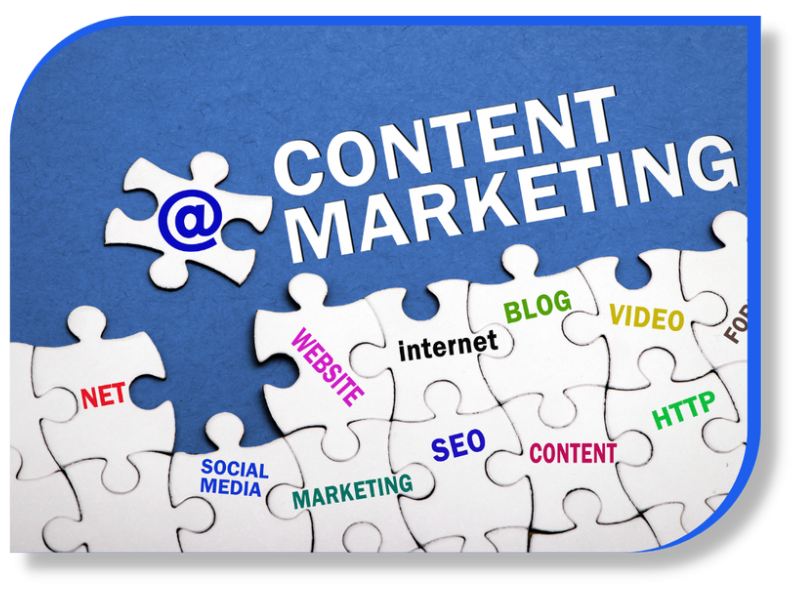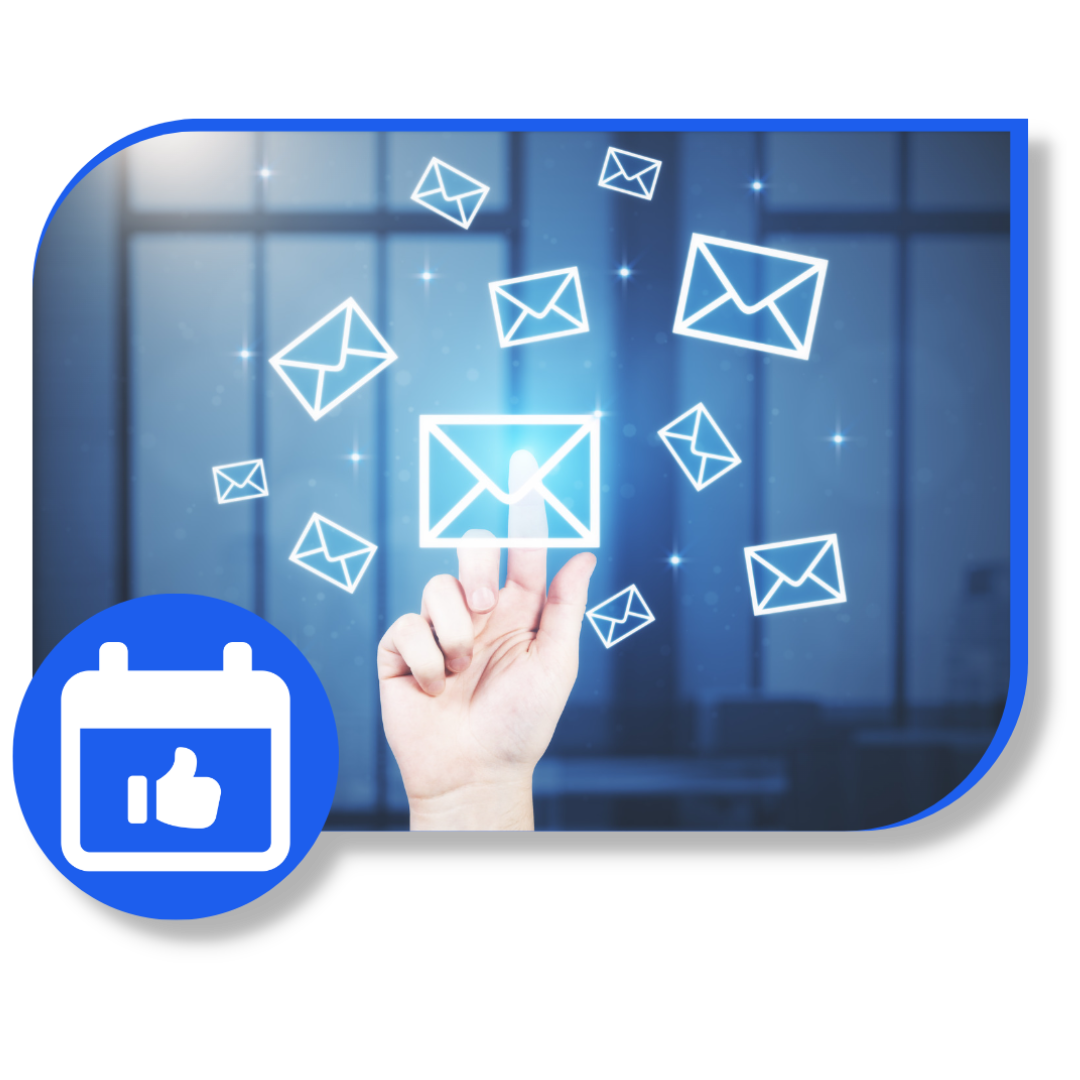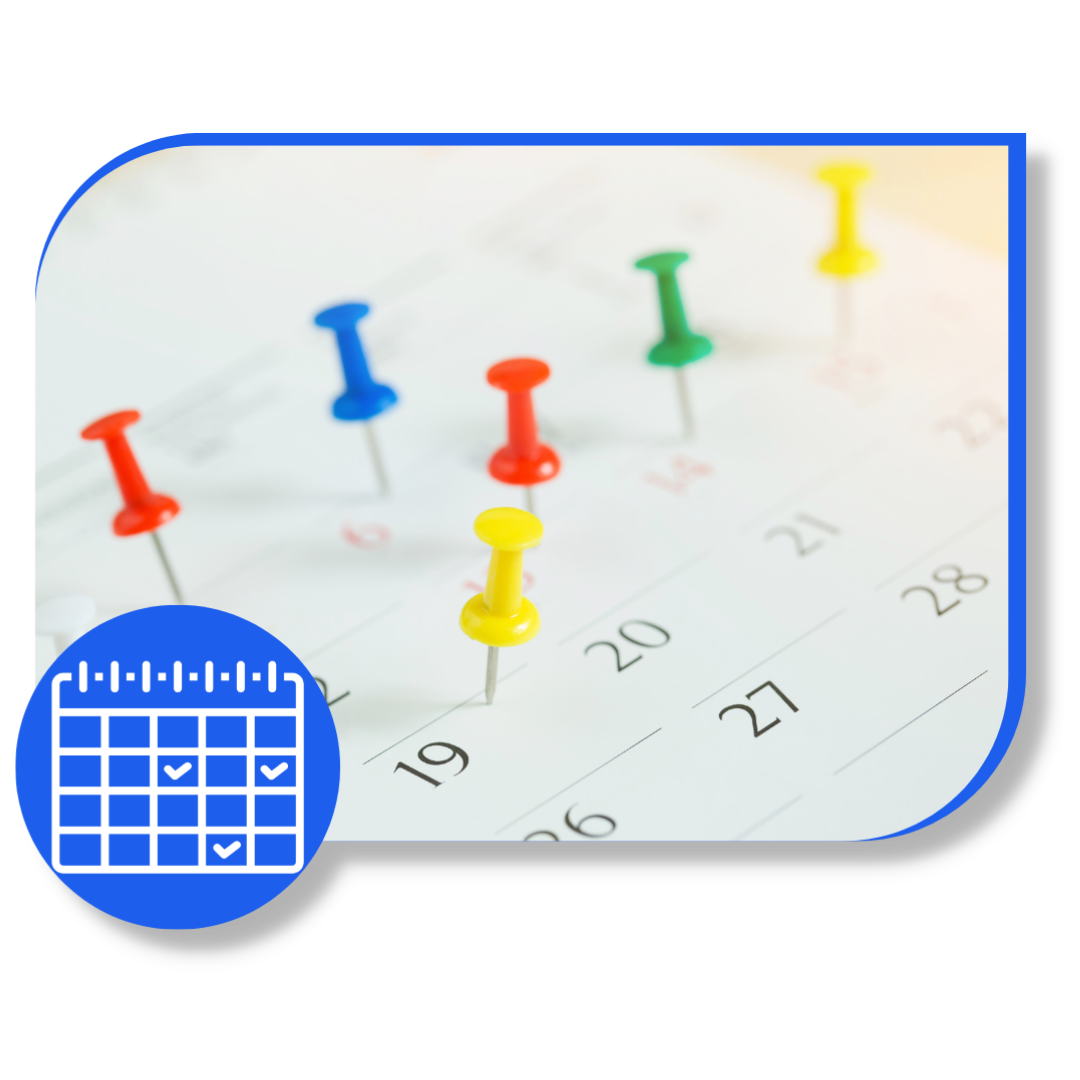Boost Appointments and Increase Sales Now!
With Major CXM you can expect a customer experience like no other. Our promise to you is simple: personalized interactions, seamless service, and happy customers. Say goodbye to mediocrity and hello to a world-class customer experience. Upgrade to Major CXM today and watch your business thrive!


Complete 90-Day Content Marketing Guide
This Complete 90-Day Content Marketing Guide will help you connect with your customers and turn your shoppers from prospective buyers into high-paying customers faster than ever before. By creating an effective content marketing plan you will generate more warm inbound leads as customers will self-identify then you will qualify them, and empower them to buy without discounting your services and products.
Speed is Sales!
Double Your Speed To Lead!
Stop missing out on conversations! Streamline all your communication in one place so that you can double your speed to lead and fill your pipeline!


Omnichannel
Major CXM helps you start, converse, and book more appointments on autopilot for your business through SMS, Email, Live Chat, Phone Calls, and much more!
Omnichannel
Major CXM helps you start, converse, and book more appointments on autopilot for your business through SMS, Email, Live Chat, Phone Calls, and much more!

Book More Appointments!!!
Instantly Fill Your Calendar!
Say goodbye to missed sales opportunities! Major CXM makes scheduling appointments feel magically easy so that you can close more deals!

Latest Blog Posts

Top Tips for Cold Email Outreach
Email continues to hold sway in the digital realm, providing powerful outreach strategies for securing appointments with potential prospects. As a salesperson or marketer, mastering the nuances of crafting compelling cold emails significantly bolsters your chances of success. This comprehensive guide will delve into effective strategies and techniques to help you write persuasive cold emails yielding positive results.
1. Understanding Cold Emails
Cold emails are unsolicited emails sent to potential prospects who have had no prior contact with the sender. They serve as a digital equivalent of cold calling, aiming to start a conversation and build relationships with potential clients. Despite the rise of numerous digital marketing strategies, cold emails remain a potent tool for generating leads and setting appointments.
2. The Evolution of Cold Emailing
The approach to cold emailing has undergone significant changes over the years. Initially, cold emails were primarily used to pitch offers, typically sent en masse without personalization. However, with the evolution of digital communication, the focus has shifted from sales pitches to relationship building. Modern cold emails are tailored to the recipient, demonstrating an understanding of their needs and challenges.
3. The Power of Research and Personalization
Successful cold emailing commences with in-depth research. Understanding your prospects' needs, pain points, and industry landscape enables you to tailor your cold emails effectively. Personalization, which involves addressing prospects by name and referencing specific business challenges they face, is key to attracting attention and building rapport. This approach showcases your sincerity and lays the groundwork for a meaningful connection, increasing the likelihood of securing an appointment.
4. Crafting Attention-Grabbing Subject Lines
The subject line of your email plays a crucial role in determining whether your email gets opened or ignored. To maximize open rates, your subject line needs to be compelling and relevant. Incorporate elements like numbers, questions, or intriguing statements to grab attention. Experiment with different approaches and A/B test subject lines to identify what resonates with your audience.
5. Writing Persuasive and Concise Messages
The body of your cold email should be concise, engaging, and persuasive. Begin by introducing yourself and expressing your interest in helping address the prospect's challenges. Highlight the unique value your product or service offers and how it addresses the prospect's specific needs. Leverage customer success stories, case studies, or industry insights to build credibility and demonstrate the benefits your prospect can gain by meeting with you.
6. Establishing Credibility and Trust
Trust is a crucial element in cold email outreach. Incorporate social proof elements such as testimonials, client logos, or statistics that showcase your expertise and success. Share relevant achievements, certifications, or awards to establish credibility. Avoid overpromising or using exaggerated claims, which can undermine trust. Instead, focus on demonstrating your understanding of the prospect's challenges and how you can genuinely help them overcome these challenges.
7. Incorporating Clear Calls-to-Action (CTAs)
To steer your prospects towards booking an appointment, your cold email must include a clear and compelling CTA. Use action-oriented language that creates a sense of urgency and emphasizes the benefits they'll gain from the meeting. Provide a straightforward process for scheduling, be it through a calendar link, email reply, or contact form.
8. Persistence and Professionalism in Follow-ups
In the realm of cold email outreach, persistence is key. Craft well-crafted follow-up emails to keep the momentum and increase your chances of securing an appointment. Be polite, respectful, and show genuine interest in their needs. Customize each follow-up based on their previous interactions to demonstrate your regard for their time.
9. Pairing Email Touches with Other Channels
Modern cold emailing practices suggest pairing email touches with other communication channels like LinkedIn requests, voicemails, or personal videos. This multi-channel approach helps you reach prospects through their preferred communication medium, increasing your chances of engagement.
10. Using Cold Emailing Tools
With the advent of technology, numerous tools have emerged to streamline the process of cold emailing. Platforms like ListKit, Pilot Now, and Major CXM provide advanced features like automated email verification, data analytics, and intuitive filters. These tools not only enhance your cold emailing efforts but also provide valuable insights into your Ideal Customer Profile (ICP), enabling you to craft highly personalized and effective emails.
In conclusion, crafting effective cold emails for appointment setting is a strategic process that requires research, personalization, and persuasive writing. Incorporating these elements into your cold email outreach can significantly increase your chances of setting appointments and driving business growth.

Top Tips for Cold Email Outreach
Email continues to hold sway in the digital realm, providing powerful outreach strategies for securing appointments with potential prospects. As a salesperson or marketer, mastering the nuances of crafting compelling cold emails significantly bolsters your chances of success. This comprehensive guide will delve into effective strategies and techniques to help you write persuasive cold emails yielding positive results.
1. Understanding Cold Emails
Cold emails are unsolicited emails sent to potential prospects who have had no prior contact with the sender. They serve as a digital equivalent of cold calling, aiming to start a conversation and build relationships with potential clients. Despite the rise of numerous digital marketing strategies, cold emails remain a potent tool for generating leads and setting appointments.
2. The Evolution of Cold Emailing
The approach to cold emailing has undergone significant changes over the years. Initially, cold emails were primarily used to pitch offers, typically sent en masse without personalization. However, with the evolution of digital communication, the focus has shifted from sales pitches to relationship building. Modern cold emails are tailored to the recipient, demonstrating an understanding of their needs and challenges.
3. The Power of Research and Personalization
Successful cold emailing commences with in-depth research. Understanding your prospects' needs, pain points, and industry landscape enables you to tailor your cold emails effectively. Personalization, which involves addressing prospects by name and referencing specific business challenges they face, is key to attracting attention and building rapport. This approach showcases your sincerity and lays the groundwork for a meaningful connection, increasing the likelihood of securing an appointment.
4. Crafting Attention-Grabbing Subject Lines
The subject line of your email plays a crucial role in determining whether your email gets opened or ignored. To maximize open rates, your subject line needs to be compelling and relevant. Incorporate elements like numbers, questions, or intriguing statements to grab attention. Experiment with different approaches and A/B test subject lines to identify what resonates with your audience.
5. Writing Persuasive and Concise Messages
The body of your cold email should be concise, engaging, and persuasive. Begin by introducing yourself and expressing your interest in helping address the prospect's challenges. Highlight the unique value your product or service offers and how it addresses the prospect's specific needs. Leverage customer success stories, case studies, or industry insights to build credibility and demonstrate the benefits your prospect can gain by meeting with you.
6. Establishing Credibility and Trust
Trust is a crucial element in cold email outreach. Incorporate social proof elements such as testimonials, client logos, or statistics that showcase your expertise and success. Share relevant achievements, certifications, or awards to establish credibility. Avoid overpromising or using exaggerated claims, which can undermine trust. Instead, focus on demonstrating your understanding of the prospect's challenges and how you can genuinely help them overcome these challenges.
7. Incorporating Clear Calls-to-Action (CTAs)
To steer your prospects towards booking an appointment, your cold email must include a clear and compelling CTA. Use action-oriented language that creates a sense of urgency and emphasizes the benefits they'll gain from the meeting. Provide a straightforward process for scheduling, be it through a calendar link, email reply, or contact form.
8. Persistence and Professionalism in Follow-ups
In the realm of cold email outreach, persistence is key. Craft well-crafted follow-up emails to keep the momentum and increase your chances of securing an appointment. Be polite, respectful, and show genuine interest in their needs. Customize each follow-up based on their previous interactions to demonstrate your regard for their time.
9. Pairing Email Touches with Other Channels
Modern cold emailing practices suggest pairing email touches with other communication channels like LinkedIn requests, voicemails, or personal videos. This multi-channel approach helps you reach prospects through their preferred communication medium, increasing your chances of engagement.
10. Using Cold Emailing Tools
With the advent of technology, numerous tools have emerged to streamline the process of cold emailing. Platforms like ListKit, Pilot Now, and Major CXM provide advanced features like automated email verification, data analytics, and intuitive filters. These tools not only enhance your cold emailing efforts but also provide valuable insights into your Ideal Customer Profile (ICP), enabling you to craft highly personalized and effective emails.
In conclusion, crafting effective cold emails for appointment setting is a strategic process that requires research, personalization, and persuasive writing. Incorporating these elements into your cold email outreach can significantly increase your chances of setting appointments and driving business growth.

Major Blueprint On Adopting a CXM
This Blueprint On Adopting a CXM will help you turn your shoppers from prospective buyers into high-paying customers faster than ever before by creating efficiency in your sales process by quickly identifying their particular needs, qualifying them, and empowering them to buy without discounting your services, and products. This Blueprint On Adopting a CXM will help you turn your shoppers from prospective buyers into high-paying customers faster than ever before by creating efficiency in your sales process by quickly identifying their particular needs, qualifying them, and empowering them to buy without discounting your services and products.


